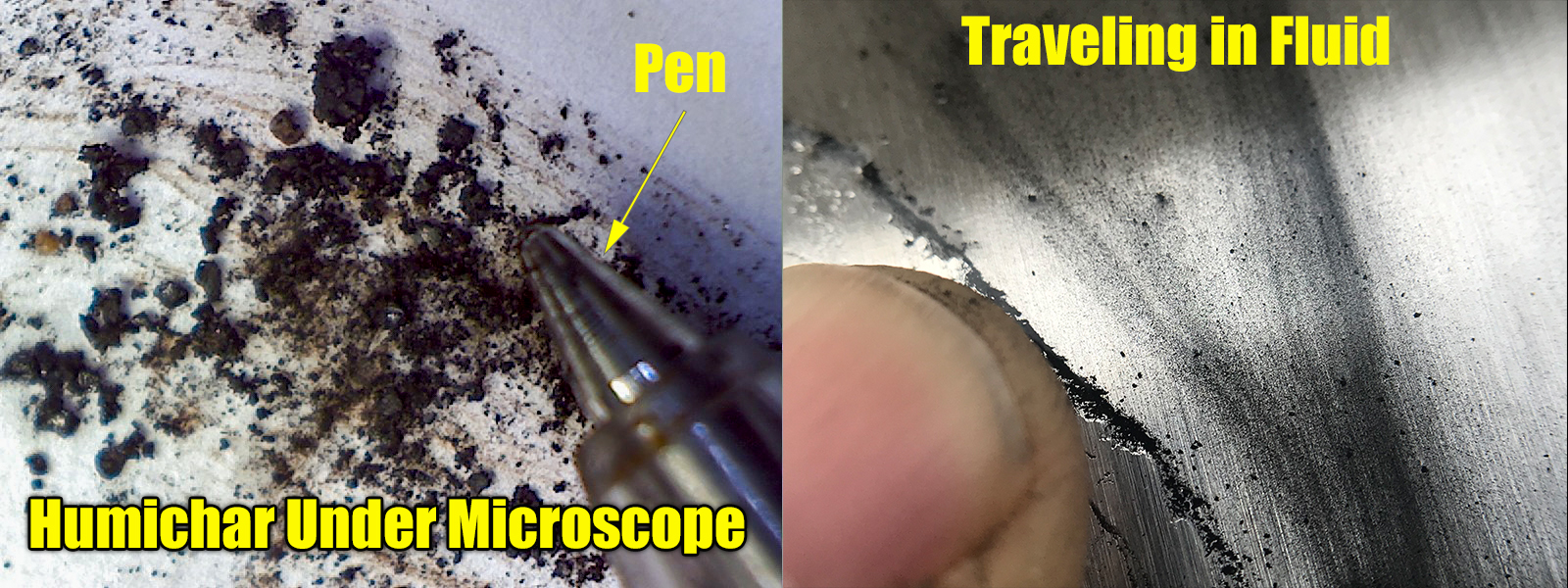Interesting Research on Varying Aspects of BIOCHAR
Best BIOCHAR Production Temperature
“Rice’s award-winning biochar research group examined the hydrologic properties of biochar produced at various temperatures from three kinds of feedstock — tree leaves, corn stalks and wood chips. For all feedstocks, the researchers found that biochar produced at temperatures above 450 degrees Celsius (842 degrees Fahrenheit) had optimal properties for improving soil drainage and storing carbon.” LINK
Particle Size Research
For BIOCHAR to actually work, it MUST reach the root zones of lawns. If it sits on top of the soil, very little to no impact will be seen.

“Evidence has shown that biochar with finer particles when applied… in a clayey soil…biochar with finer particles will increase the interpores and soil hydraulic conductivity.” LINK
“The high porosity of biochar has a positive impact on soil water retention . This high porosity is associated with a high specific surface area that increases with the decrease of the particle size, these are the essential factors that cause a rise in the soil available water content.” Biochar Particle Size
Reducing Soil Erosion
“We explored the effects of amending soil with three different particle sizes (2–1, 1–0.25, and < 0.25 mm) of biochar on soil erosion processes under constant rainfall intensity (90 mm h−1) and slope gradient (27%) conditions. The results indicated that the effects of biochar addition on soil and water loss were significant and variable depending on the particle size.
When compared to untreated soil, the addition of biochar significantly delayed the time to runoff and de-creased the total runoff volume and soil loss. There were no uniform trends in runoff and erosion rates with decreasing biochar particle size.In general, the smaller biochar particle size was more effective in de-laying the time to runoff and reducing the runoff and soil erosion rates.” LINK
